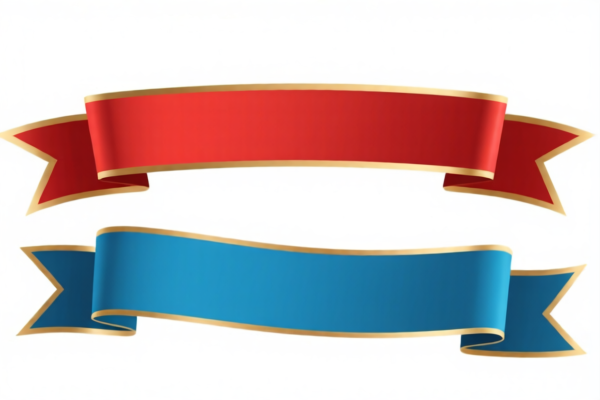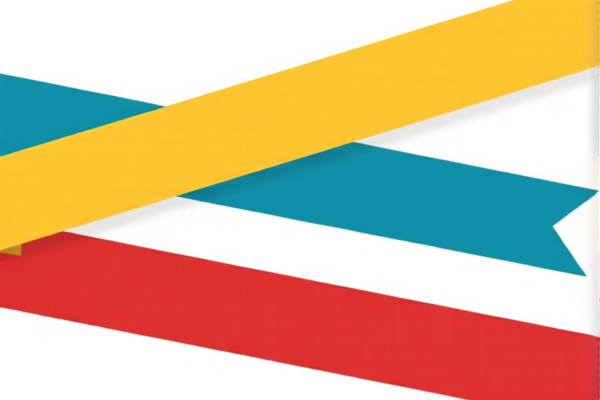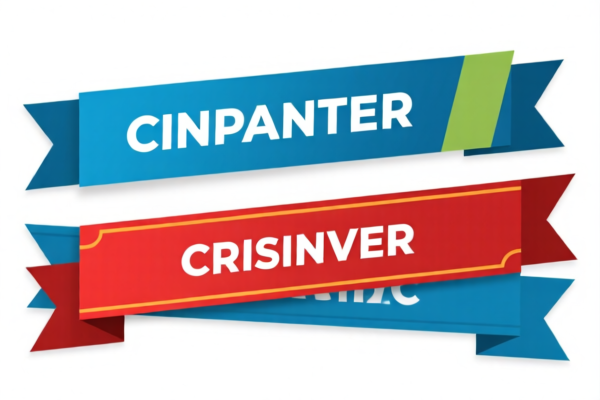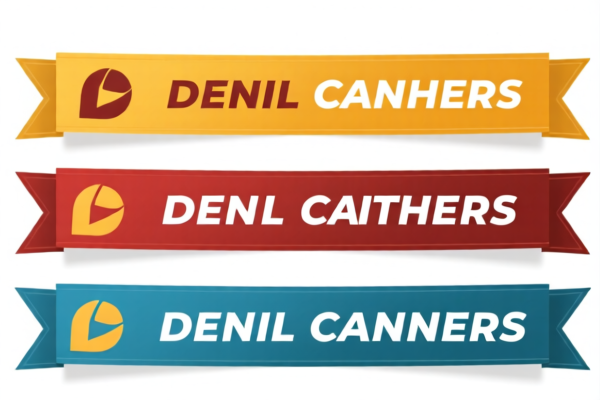| HS Code | Official Doc | Tariff Rate | Origin | Destination | Effective Date |
|---|---|---|---|---|---|
| 4911100080 | Doc | 37.5% | CN | US | 2025-05-12 |
| 4911998000 | Doc | 37.5% | CN | US | 2025-05-12 |
| 4908100000 | Doc | 37.5% | CN | US | 2025-05-12 |
| 4908900000 | Doc | 37.5% | CN | US | 2025-05-12 |
| 4814200000 | Doc | 37.5% | CN | US | 2025-05-12 |
| 4814900200 | Doc | 37.5% | CN | US | 2025-05-12 |
| 4823901000 | Doc | 55.0% | CN | US | 2025-05-12 |
| 4823902000 | Doc | 55.0% | CN | US | 2025-05-12 |
| 3919905060 | Doc | 60.8% | CN | US | 2025-05-12 |
| 3919905040 | Doc | 60.8% | CN | US | 2025-05-12 |
| 3921904010 | Doc | 34.2% | CN | US | 2025-05-12 |
| 3921904090 | Doc | 34.2% | CN | US | 2025-05-12 |




Background Banner
A background banner is a visual element used to create an aesthetic or informative layer behind other content. These are commonly employed in digital media, including websites, presentations, social media profiles, and video productions.
Material & Construction
Background banners are inherently digital and do not possess a physical material in the traditional sense. They are constructed using image files (JPEG, PNG, GIF, SVG) or vector graphics. The creation process relies on software such as Adobe Photoshop, Illustrator, GIMP, or online design tools like Canva. More complex banners may involve animation created using software like Adobe After Effects or CSS/JavaScript.
Purpose
The primary purpose of a background banner is to:
- Enhance Visual Appeal: Provide a visually interesting backdrop, improving the overall look and feel of the design.
- Reinforce Branding: Incorporate brand colors, logos, and imagery to maintain consistency.
- Provide Context: Set the mood or theme of the content.
- Highlight Content: Serve as a subtle or dramatic frame for text, images, or other elements.
- Communicate Information: Display key messages, promotions, or event details.
Function
Background banners function as a static or dynamic layer.
- Static Banners: These are fixed images that remain constant.
- Dynamic Banners: These can change over time, featuring animations, slideshows, or interactive elements. Dynamic banners often utilize scripting languages (JavaScript) or animation software to control their behavior. They can be responsive, adapting to different screen sizes and devices.
Usage Scenarios
- Websites: Headers, hero images, section backgrounds, full-page backgrounds.
- Social Media: Profile covers, story backgrounds, post visuals.
- Presentations: Slide backgrounds, section dividers.
- Video Production: Lower thirds, intro/outro sequences, scene transitions.
- Digital Advertising: Advertisements, promotional graphics.
- E-commerce: Product category headers, sale announcements.
Common Types
- Solid Color Banners: Simple, minimalist backgrounds using a single color.
- Gradient Banners: Smooth transitions between two or more colors.
- Image Banners: Utilize photographs, illustrations, or patterns.
- Textured Banners: Incorporate visual textures (e.g., wood, fabric, concrete).
- Patterned Banners: Repeating designs or motifs.
- Animated Banners: Feature moving graphics, transitions, or effects.
- Video Banners: Use video footage as the background.
- Parallax Banners: Create a sense of depth by moving background elements at different speeds than foreground elements.
- Responsive Banners: Adapt their size and layout to fit different screen sizes.
Based on the provided reference material, determining the precise HS code for “background banner” requires careful consideration of its material and intended use. Here are potential HS code options, along with detailed explanations:
- 4814200000: Wallpaper and similar wallcoverings, consisting of paper coated or covered, on the face side, with a grained, embossed, colored, design-printed or otherwise decorated layer of plastics. This code applies if the banner is made of paper with a plastic coating and is intended for wall decoration.
- 4911100080: Other printed matter, including printed pictures and photographs: Trade advertising material, commercial catalogs and the like. This code is applicable if the banner is primarily a printed advertising material.
- 3919905060: Self-adhesive plates, sheets, film, foil, tape, strip and other flat shapes, of plastics, whether or not in rolls: Other: Other Other. This code is relevant if the banner is made of plastic and is self-adhesive.
- 3921904010: Other plates, sheets, film, foil and strip, of plastics: Other: Other: Flexible Reinforced with paper. This code applies if the banner is a flexible plastic sheet reinforced with paper.
- 3921904090: Other plates, sheets, film, foil and strip, of plastics: Other: Other: Flexible Other. This code is relevant if the banner is a flexible plastic sheet without paper reinforcement.
Important Considerations:
- For HS code 4814200000, the banner must be specifically designed for wall covering.
- For HS codes 3919905060, 3921904010, and 3921904090, the material composition (plastic type, presence of reinforcement) is crucial for accurate classification.
- For HS code 4911100080, the primary function of the banner as advertising or promotional material is key.
Tax Rate Information:
- HS codes 4814200000, 4911100080, and 4911998000 have a total tax rate of 37.5% (0.0% basic tariff + 7.5% additional tariff, increasing to 30% after April 2, 2025).
- HS codes 3919905060 and 3919905040 have a total tax rate of 60.8% (5.8% basic tariff + 25.0% additional tariff, increasing to 30% after April 2, 2025).
- HS codes 3921904010 and 3921904090 have a total tax rate of 34.2% (4.2% basic tariff + 0.0% additional tariff, increasing to 30% after April 2, 2025).
Customer Reviews
No reviews yet.